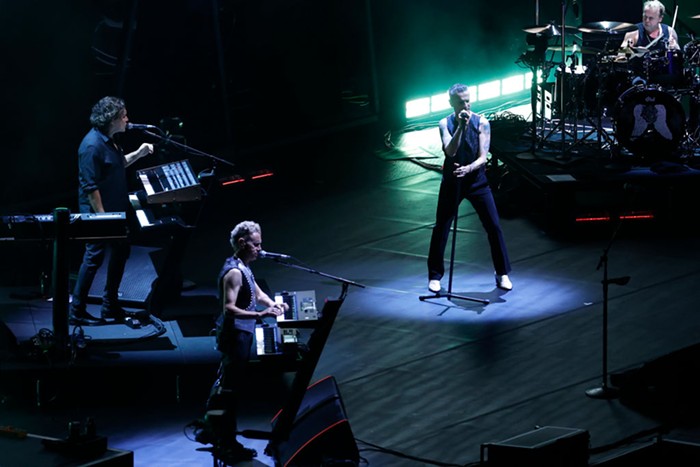It's a rite of passage for a classical music writer to announce the decline, imminent demise, or death of contemporary composition, symphony orchestras, or classical music altogether. Hefty tomes such as Who Killed Classical Music? by Norman Lebrecht and The Compleat Conductor by Gunther Schuller pillory the star system of self-aggrandizing conductors, hottie soloists, and record labels that re-record the same symphony a dozen times. Recently, Ivan Hewett's 2003 book Music: Healing the Rift, a descendant of Henry Pleasants' 1955 screed The Agony of Modern Music, sounded the alarums of apocalypse by outlining multiple rifts among composers, audiences, and society.
Author, critic, and festival honcho Joseph Horowitz makes a singular contribution to this sub-genre of doomsaying literature with the highly readable Classical Music in America: A History of its Rise and Fall (W.W. Norton). Chiefly known for the biography-cum-cultural critique Understanding Toscanini: How He Became an American Culture God and Helped Create a New Audience for Old Music, Horowitz contends "It is not enough to teach music history as a history of composers and compositions." To understand classical music's evaporating (or in most cases, nonexistent) roles in our lives, we should instead focus on who performs what and where.
In 539 breathless pages, Horowitz starts with the founding of orchestras and opera companies in Boston, New York, and Chicago, profiles the rise of superstar conductors (Toscanini, Stokowski, Bernstein), and examines the steady erosion of the performance of symphonic music by living composers. Cannily, Horowitz pinpoints a shift to a mass-marketed culture of performance with separate, specialized roles for performers (who reproduce the music of the past), composers (who offer up tokens of new music), audiences (whose untrained ears expect to hear the same music again and again), and corporations (who sell the same "stars" over and over).
Despite such a historical sweep and a cast of thousands, Horowitz ably animates people and events. He quotes pioneering critics such as Henry Krehbiel and Virgil Thomson, provides telling tidbits of Toscanini's temper, and describes music with enviable ease. Horowitz covers composers too, championing neglected names such as Anthony Philip Heinrich and Amy Beach, both included among the sound clips at the book's companion website.
Horowitz also has an ear for contemporary music; his fine description of Steve Reich's Music for 18 Musicians is just one of many throughout the book that hits the mark. Indeed, apart from a few spelling errors and the inaccurate description of Harry Partch's instrumentarium as "quasi-Polynesian," Classical Music in America is an engaging read and essential for anyone who cares about classical music.


















